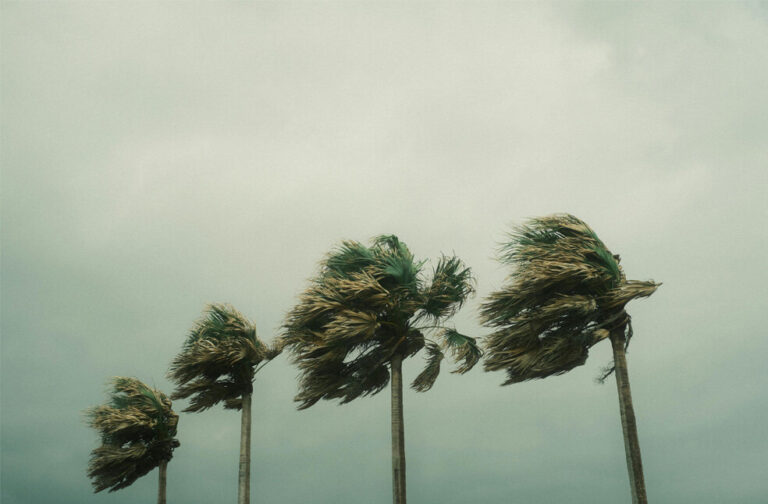New Orleans, Louisiana: Hurricane Francine made landfall in Louisiana, hitting New Orleans with fierce winds and heavy rain. The Category 2 storm arrived with sustained winds of up to 120 mph, causing widespread power outages, flooding, and damage to infrastructure. Residents were urged to evacuate, and those who remained in the area are now sheltering in place as the storm continues to wreak havoc.
Local authorities report significant flooding in low-lying areas, with some streets in New Orleans submerged under several feet of water. Emergency services are on high alert, responding to calls about downed trees, power lines, and debris blocking roads. The storm surge in coastal areas has reached dangerous levels, further exacerbating the situation.
The hurricane center briefly upgraded Francine from a Category 1 to a Category 2 storm on the Saffir-Simpson scale just before it struck land. Despite its brief elevation, even as a Category 1 storm, it posed significant danger, with winds capable of causing severe damage.
As #HurricaneFrancine impacts Louisiana, avoid unnecessary travel. Downed power lines, debris, and outages create dangerous road conditions. pic.twitter.com/s8qIamCpCX
— LA State Police (@LAStatePolice) September 12, 2024
The entire Gulf Coast of Louisiana and Mississippi was placed under a life-threatening storm surge warning. Over 200,000 homes and businesses in Louisiana were left without power, according to data from PowerOutage.us.
Governor Jeff Landry and US President Joe Biden has declared a state of emergency, mobilizing the National Guard to assist in rescue and relief efforts. The city’s drainage systems are under immense pressure as heavy rain continues to pour down, and residents are being warned to stay indoors until conditions improve.
Hurricane Francine’s impact is expected to persist over the next 24 to 48 hours, with authorities urging caution as further flooding and damage are anticipated across Louisiana.
YOU MAY LIKE | UK military launches Tyche, its first Earth imaging satellite



